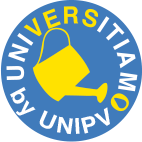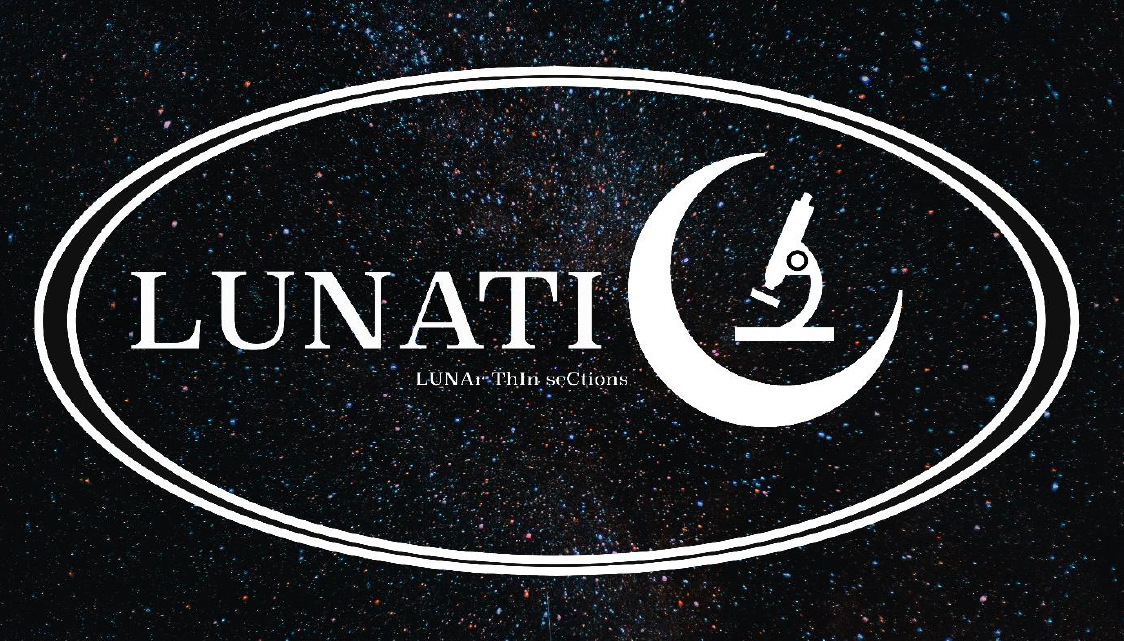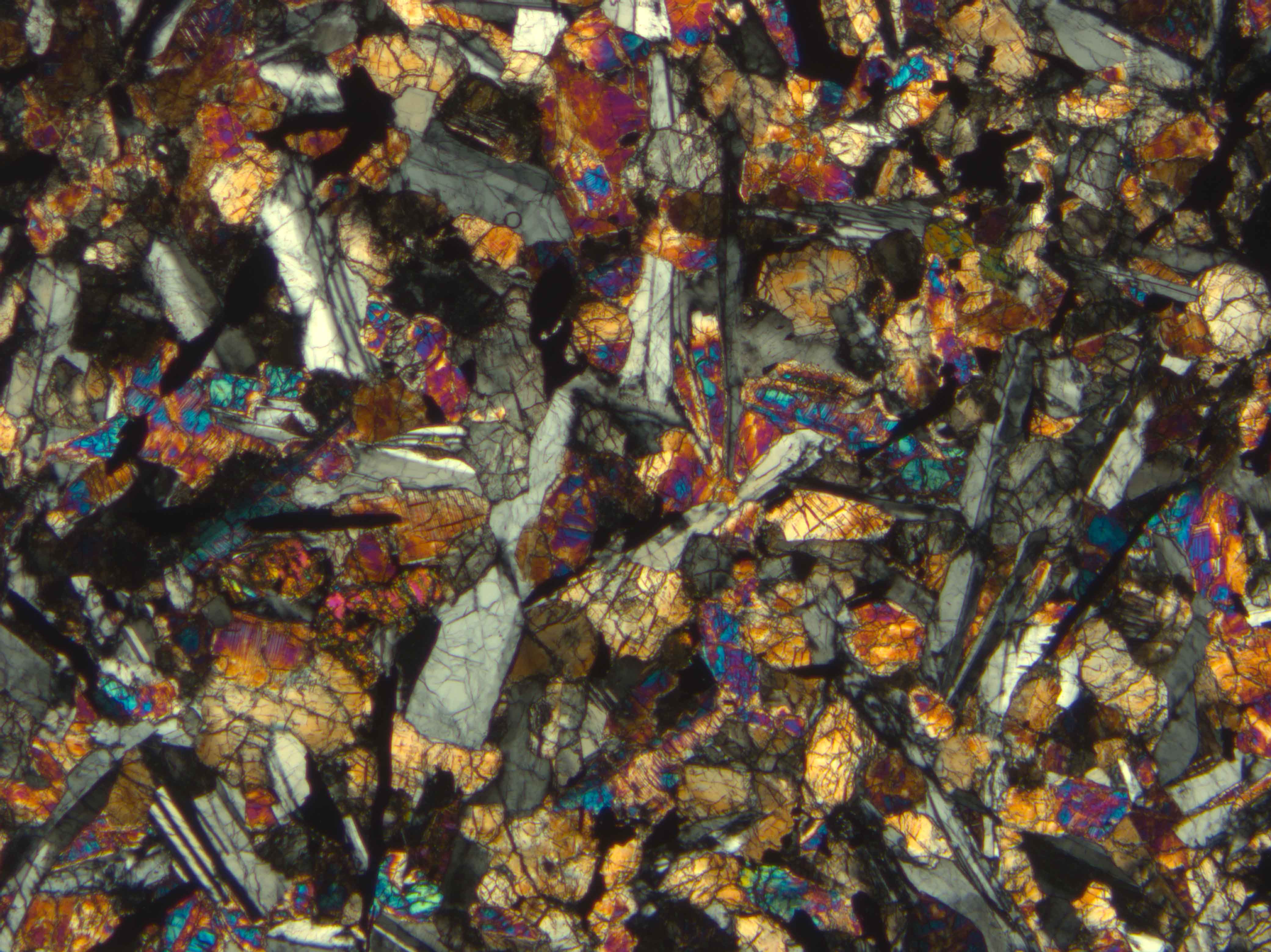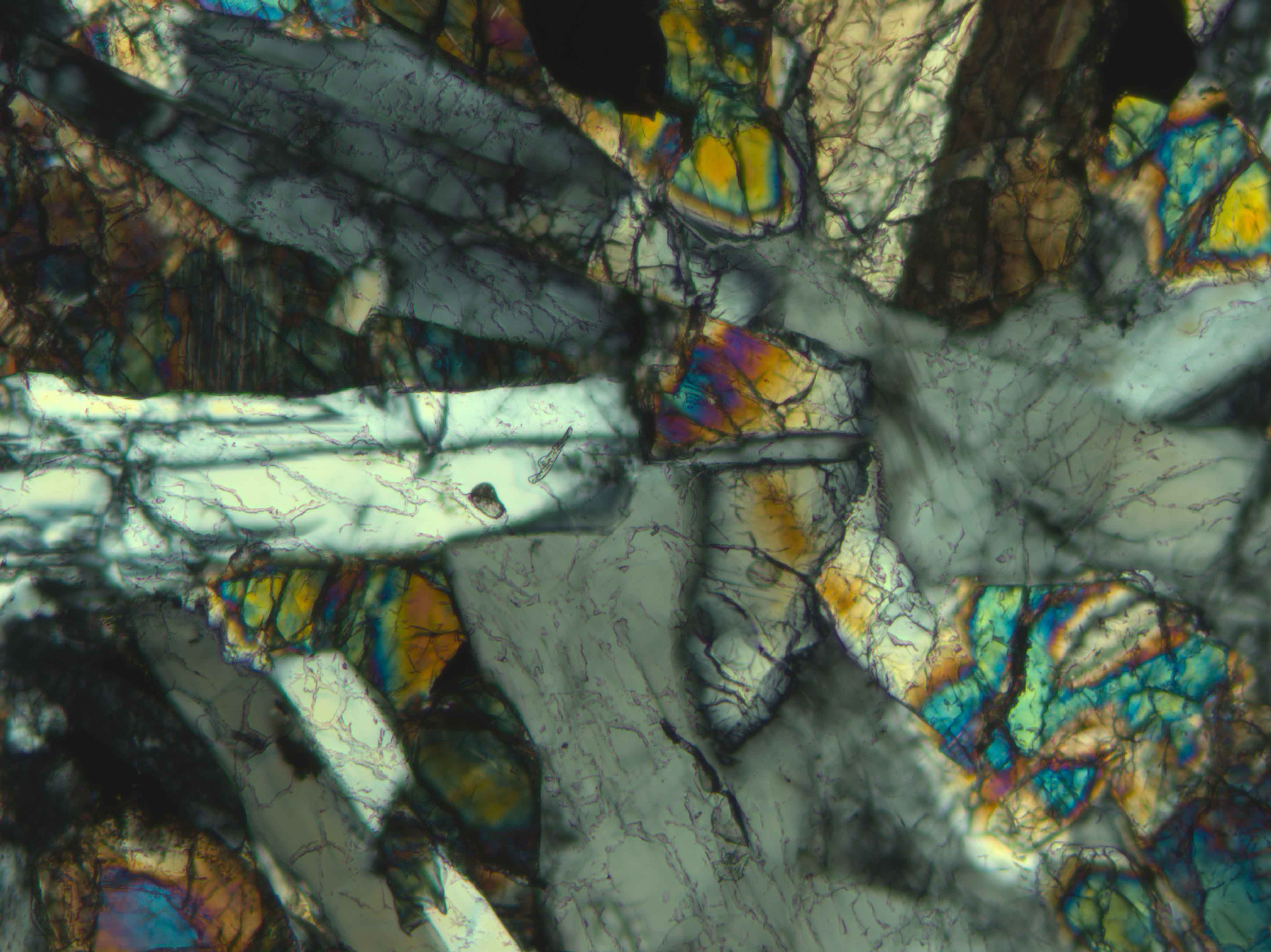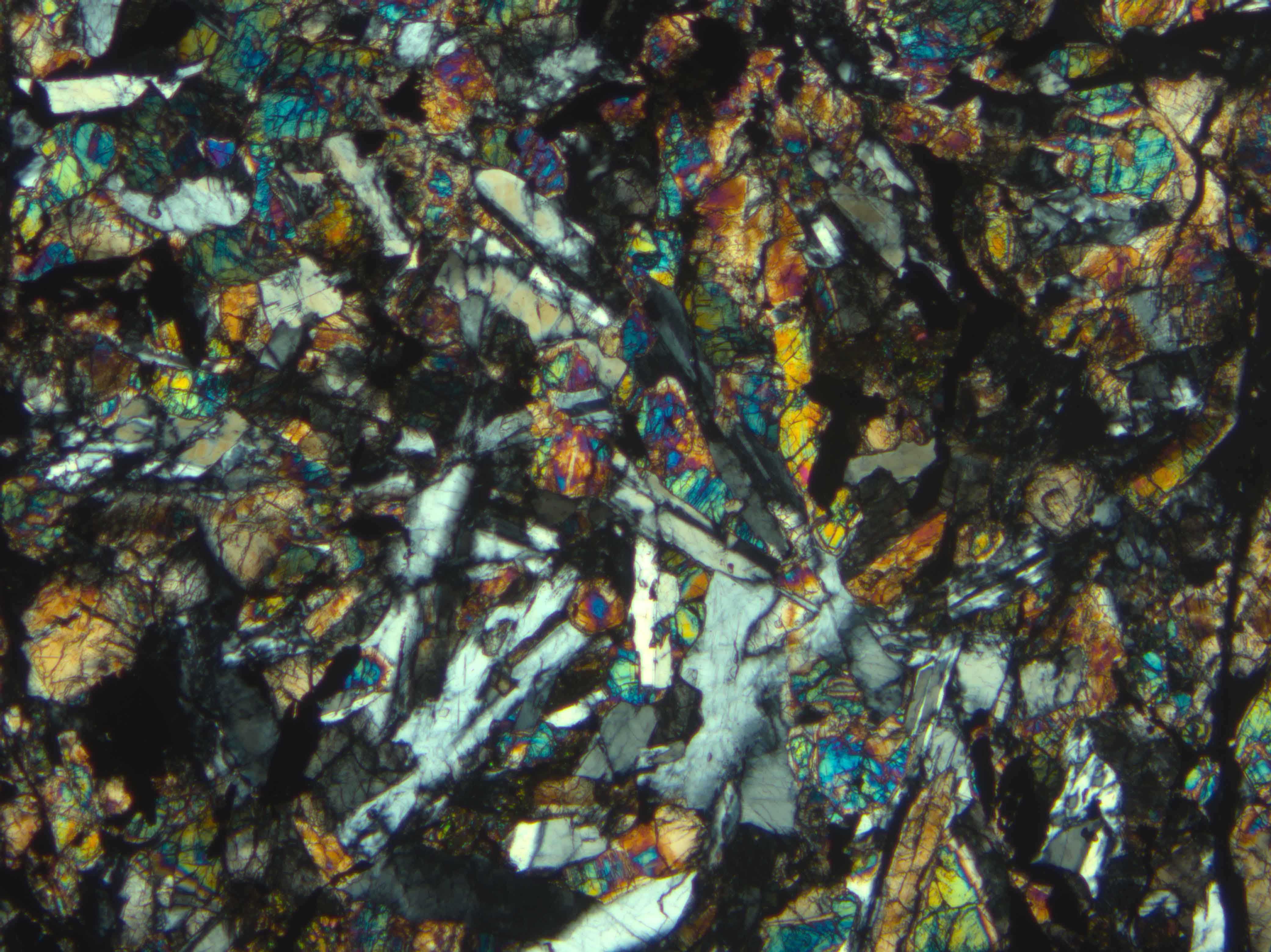The project
The Apollo 11 moon landing was one of the most important events among the entire scientific community and even for the humanity. Our satellite, which for thousands of years has inspired artists and scientists, although it may seem very close to us, is about 384400 km far.
On the lunar surface it is possible to identify the area of the lunar highlands, older and with a lot of impact craters, and the lunar maria, where the surface is smoother and more recent. The most common rocks are basalts and anorthosites and consequently the most frequent minerals are pyroxene, olivine and plagioclase.
But do we really know the Moon?
The Apollo missions allowed the collection of about 384 kg of lunar samples in the surroundings of the landing site. The Chinese probe Chang’e-4 will collect samples on the dark side of the Moon, providing important information on one of the most interesting craters. However, we are lucky because we also have another type of “sampling”, much less expensive and much less areal limited. This “sampling” refers to the fall of lunar meteorites on Earth.
The aim of LUNATIC project is that of implementing with lunar meteorites a collection of thin sections to be used with educational purposes, which we will set up in collaboration with the Museum of Planetary Sciences of Prato and the Museum of Natural History of Florence. The project funding may also allow the University of Pavia to participate in meteorite research expeditions in the Atacama’s desert.
The acquired meteorites will then be characterized by X-ray diffraction and micro-Raman spectroscopy. These analyses will be carried out at the F. Mazzi experimental mineralogy laboratory (https://www.mineralogylab.com/) of the Dept. of Earth and Environmental Sciences, with the aim to contribute through the study of the minerals present in these meteorites, to unravel lunar geological processes.
Goals
STEP 1: 3000 euros
Purchase of lunar samples with the aim to implement the national collection of meteorites thin sections to be used with educational purposes.
STEP 2: 5000 euros
Purchase of thin sections, lunar samples and funding for one of the next meteorite collection campaigns in the Atacama’s desert.
STEP 3: 15000 euros
Experimental study (X-ray diffraction and Raman spectroscopy) of mineralogical phases in lunar meteorites, which will be purchased or collected during this project.
STEP 4: 30 000 euros
Post-doc fellowship for the study (by X-ray diffraction and Raman spectroscopy) of lunar meteorites, which will be purchased or collected during this project.
Video
Media Gallery
Rewards
- T-shirt universitiamo- LUNATIC 50€
- Bag universitiamo – LUNATIC 20€
- Water bottle LUNATIC 30€
- Bracelets LUNATIC 10€
- Cup LUNATIC 20€
Team
Backers
-
Almarina Borsa
-
Camilla Piccagli
-
Marco Piccagli


